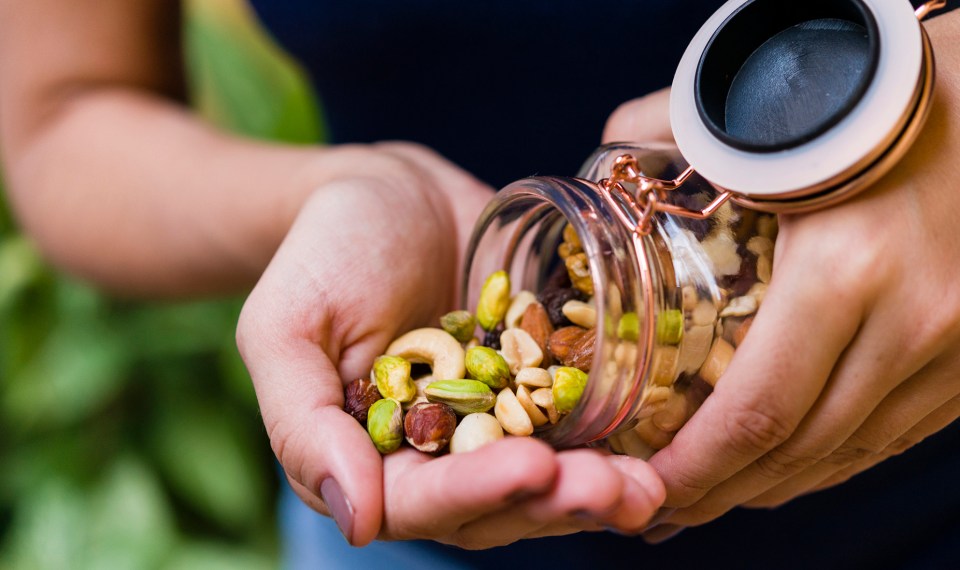The number of people living with diabetes, especially type 2 diabetes, is rapidly increasing in the United States. According to the Centers for Disease Control, there are an estimated 34.2 million cases of diabetes in the nation. That means one in 10 Americans now live with diabetes.
Diabetes is a condition that occurs when the body does not properly process food for energy.
Much of the food we eat is turned into glucose, or sugar, for our bodies to use as energy. The pancreas creates insulin, one of the most important hormones in our bodies.. When insulin is released, it allows blood sugar to go from the blood stream into the actual cells for fuel.
If the pancreas cannot make enough insulin or the body is unable to use it correctly, the sugars build up in your blood and ultimately lead to diabetes.
What are the types of diabetes?
Type 1 diabetes
Formerly known as juvenile-onset diabetes, Type 1 diabetes occurs when the pancreas stops making insulin. Type 1 diabetes accounts for approximately 5 to 10% of all diagnosed cases.
Type 1 diabetes is most commonly diagnosed in children, teens and young adults, but it can develop at any age.
Type 2 diabetes
Formerly known as adult-onset diabetes, Type 2 diabetes is the most common type and accounts for 90 to 95% of all diagnosed cases.
Type 2 diabetes occurs when the body doesn’t make enough or when it cannot use the insulin correctly.
What causes diabetes?
Causes of Type 1 diabetes
It’s currently unknown what causes Type 1 diabetes. However, it is considered an autoimmune disease, meaning the body attacks itself. In the case of Type 1 diabetes, the body attacks the cells in the pancreas, which make insulin. Research has led many physicians to believe Type 1 is possibly linked to genes and environmental factors.
Causes of Type 2 diabetes
Type 2 diabetes is greatly affected by lifestyle. Many factors increase your risk, such as being overweight or obese. Lack of exercise and poor eating habits contribute to your chances of developing diabetes.
A family history of Type 2 diabetes and certain ethnicities can also increase your risk. In addition, age plays a role as your risk rises considerably after the age of 65.
What are the symptoms of diabetes?
Symptoms for those with Type 1 diabetes often happen quickly, within a matter of days or weeks. However, it can be harder to spot the warning signs in those with Type 2 diabetes as they tend to develop over time.
Symptoms of Type 1 and Type 2 diabetes include:
- Fatigue
- Frequent urination
- Increased thirst
- Unexplained weight loss
- Irritability
- Blurred vision
- Slow-healing sores
- Frequent infections: gums, skin or vaginal infections
Can diabetes be prevented?
Although there is no known cure for diabetes, research has shown that regular physical activity, maintaining a healthy weight, and eating a healthy diet can significantly reduce the risk of developing Type 2 diabetes.
How can you manage and live with diabetes?
Managing and living with diabetes starts with taking care of yourself. What you eat, your activity level, the climate you live in and the medication you take can affect your overall health.
Monitor your blood sugar levels
It’s important to keep your blood sugar in a target range to lower the risk of potential complications. The American Diabetes Association set general target blood sugar ranges below, but make sure to check with your physician on what your specific target range is.
The American Diabetes Association suggests these general target blood sugar ranges:
- Before meals: 90-130 mg/dl
- Two hours after start of meals: Less than 180 mg/dl
A blood glucose monitor or A1C testing are both ways to monitor and know your blood sugar levels. The results of these tests can determine if your diabetes is being controlled or if changes need to be made to better control it. If you are diabetic, keep a log or record of your blood sugar levels and your medication taken.
Manage your medications
It’s important to take your diabetes medications as directed and keep an accurate list.
Take all medications as your physician prescribed and at the directed time, especially insulin injections.
Make simple lifestyle changes
Adopting a healthy lifestyle is critical in managing and living with diabetes. Making healthy food choices by controlling portion sizes, reading food labels, limiting simple carbohydrates, and incorporating more fruits and vegetables are all important in managing your disease.
Regular physical activity can help you control your disease and minimize the negative health consequences that come from obesity and diabetes. The American Heart Association recommends all healthy adults need at least 150 minutes of moderate-intensity activity per week or 75 minutes of vigorous-intensity activity.
Quitting smoking is also one of the best things you can do to better your disease and overall health. Smoking can cause your blood sugar level to rise, making it harder to control your diabetes.
The content of this site is for informational purposes only and should not be taken as professional medical advice. Always seek the advice of your physician or other qualified healthcare provider with any questions you may have regarding any medical conditions or treatments.



